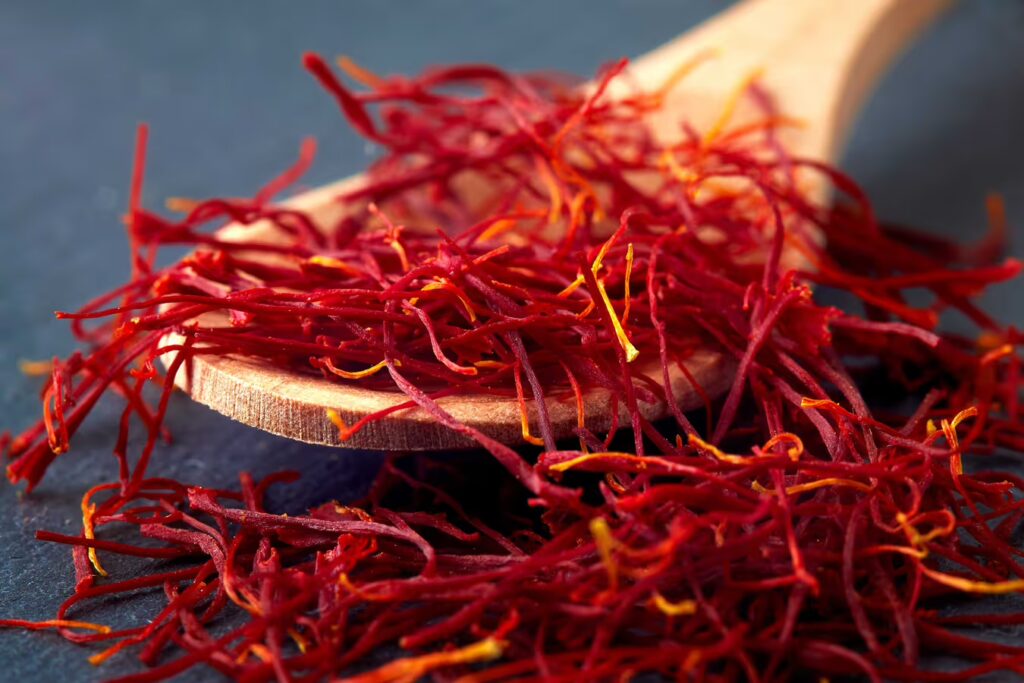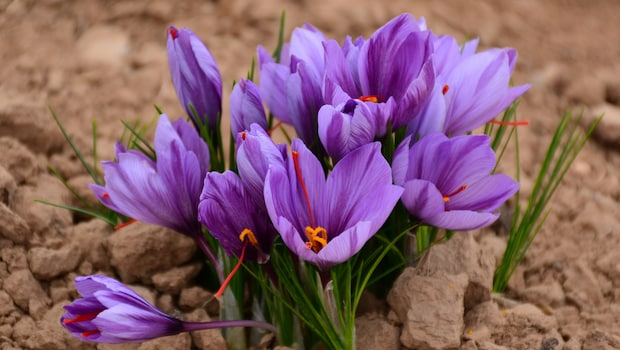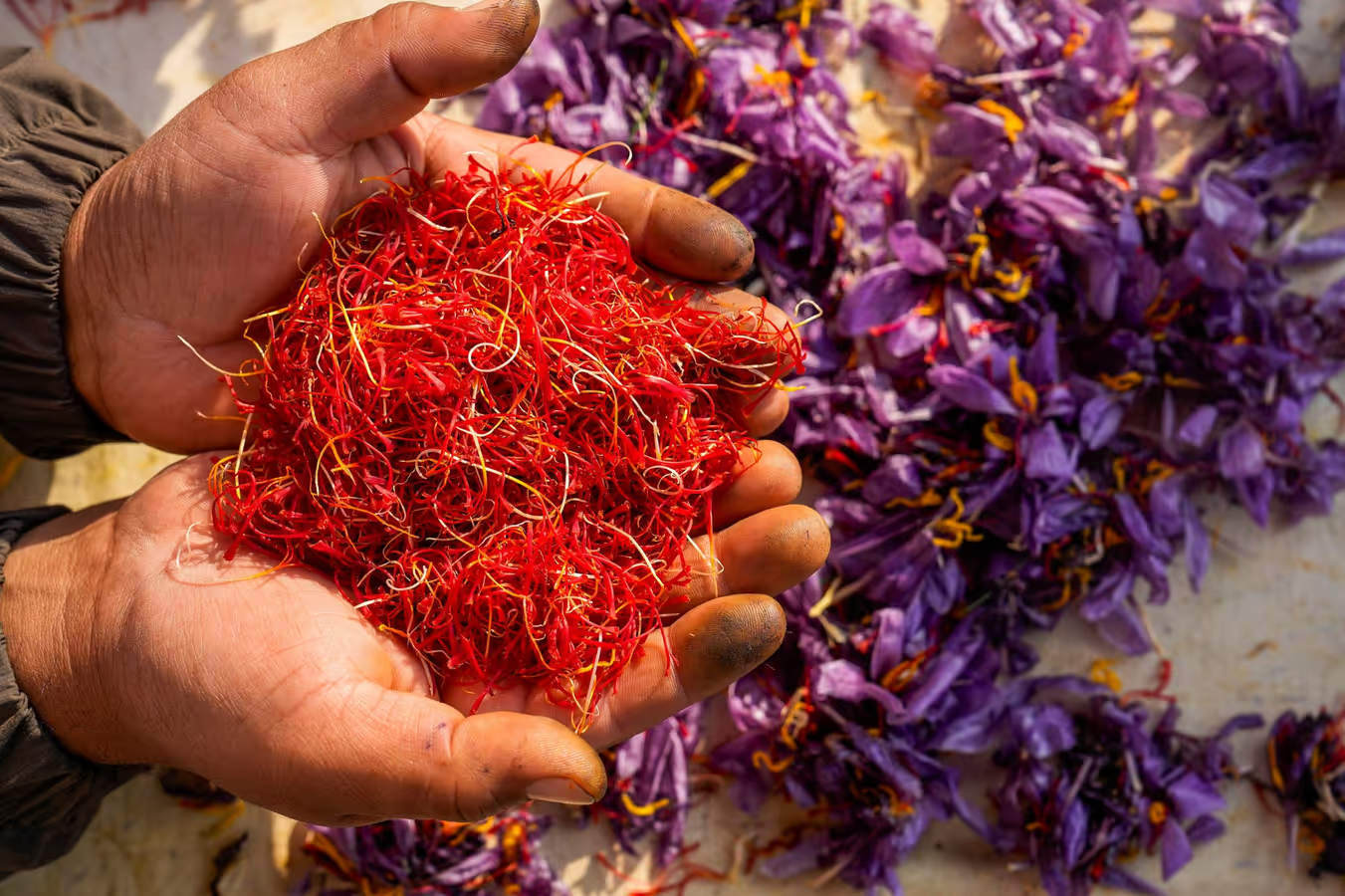How to Identify Real Saffron & Avoid Fake Saffron
It takes around 75,000 flowers to produce only a few hundred grams of saffron. No wonder it is often called red gold. And if you have ever spent money on it, you know the pleasure of watching a few crimson threads light up your biryani, your kheer, and your mood. But here is the truth: not all that looks rich and red is the real thing. For something this valuable, it is surprising how easily people end up buying fakes. From glossy lookalikes to dyed corn silk, imitation saffron is everywhere. Without the right knowledge, it is surprisingly easy to be fooled.

How To Check Saffron Purity ?
1.Smell – Many authorities describe the smell of saffron as sweet. I would say it reminds me of paella – a distinctive smell that is not entirely sweet. Rather, I find it both sweet and husky. It is no surprise that saffron brings paella to mind. That dish include saffron in the rice and the addition of the spice gives paella an unforgettable aroma. For examples of how to use saffron in paella rice, check out this seafood paella or this chicken, mushroom and shrimp paella, both from José Andres. One saffron producer describes the aroma of real saffron as “a blend of earth, tobacco, vanilla, honey, salty sweet.”
2.Appearance – Saffron threads are trumpet-shaped. If a thread does not bulge at one end, it’s a fake. If you rub real saffron between your fingers, your skin will turn yellow/orange.
3.Taste – While saffron smells sweet, it tastes slightly bitter, not sweet.
4.Time for color release in water – Put the threads in a small container of tepid water. Wait at least 15 minutes. Real saffron slowly turns the water yellow. The color change may take up to an hour. The saffron threads themselves retain their red color. If the water changes color immediately or turns red or does not change color, or if the threads lose their color, the substance is not saffron. As you can see, the Hungarian “saffron”did not color the water. That was a sure sign it was not real. Also, after they soak, real saffron threads will remain intact if you rub them between your fingers. Fakes on the other hand, tend to fall apart.
5.How it reacts in baking soda – I haven’t tried this, but several authorities suggest mixing saffron and baking soda in a small container, then pouring water over the mixture. If it turns yellow, the substance is real saffron.
6.Price – If it is not too expensive, there’s a good chance it is not real saffron. As my mother taught me, if it seems too good to be true, then it probably is (too good to be true.) I should have doubted the Hungarian substance from the beginning, just based on this price test.
7. The Flame Test-Only try this with caution. Hold a strand near a small flame. Real saffron does not burn easily and smells like burnt hay. Fake saffron burns quickly and gives off a plastic-like smell. This difference makes it easy to judge authenticity.

Why The Purity Of Saffron Matters?
When saffron is genuine, it is not just a spice. It brings wellness benefits too. The tiny crimson strands are rich in antioxidants and bioactive compounds that do more than colour your food.
Real saffron can:
- lift your mood
- calm anxiety
- sharpen memory and focus
- support digestion
- balance hormones
- protect your cells from damage
ALSO READ : kabir singh dialogue





